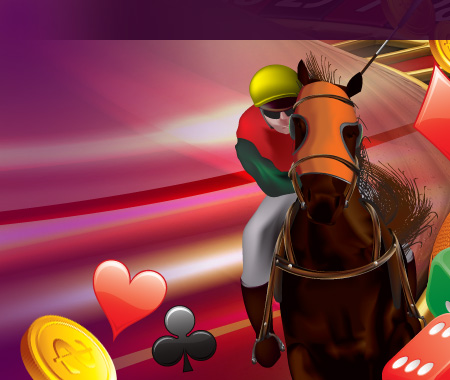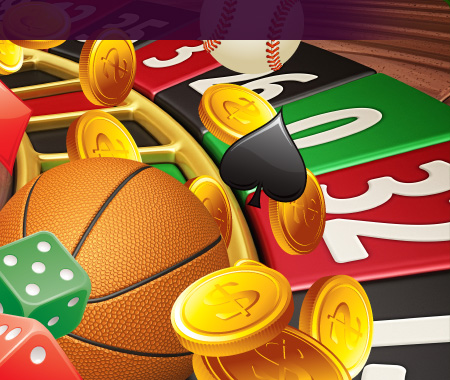Casino Payback Percentage
Dear Mark,
Exactly what does it mean when a casino advertises that its payback percentage is such-n-such percent? Dorothy M.
You speak of slot machines, n'est pas? Each machine is scrupulously designed and tested to assure the casino a definite payback. The "payback percentage" is the portion of the money that is put into the slot that is eventually paid out to the player.
For example, with a payback of 95%, the casino would latch onto about 5% of all money put into the slot. You, Dorothy, should get back 95 cents of every dollar you insert. Of course, don't expect 95¢ to clang in the tray for every dollar's worth of handle yanks. The percentage return is a long-term concept. Your gaming timeline is possibly limited to 200 yanks of the handle, not millions, so any percentage return (as low as a goose egg to as high as a mega-jackpot), can, and will happen. But, of course, if you knew ahead of time what the result was going to be, you wouldn't be playing, would you?
In most gambling jurisdictions, the law requires that payback percentages be above a threshold level, commonly around 75%. Fortunately, the payback percentage in most casino machines is much higher than the minimum, even some advertised as high as 98%-plus. It's those machines advertised for high paybacks, Dorothy, which you want to play on. Leave the rest for the slow learners.
Dear Mark,
Is there any possibility that a video poker machine can be programmed to never give you a royal flush? Cam F.
The short answer, Cam, is: yep, but Here's the long one: technology does exist for machines to be set to act other than randomly. Such machines are obviously programmed to avoid giving the players sweetmeat hands, and instead to give the house a much bigger advantage. Reassuringly, these machines are illegal in Nevada, New Jersey, Colorado and all other states that pattern their gaming regulations after those states. Calling 911 may not help.
Dear Mark,
In poker, could you please explain the difference between a Blind bet and an Ante? Candy G.
Just to stimulate that all-important action before the first cards are dealt, most poker games, Candy, require an ante or a blind bet. If antes are used, all players must post a standard amount of seed money up-front in order to receive their first cards. You'll find antes used in your traditional Stud games. Blind wagers, as found in Texas Hold'em and Omaha, have the same general purpose but with slight differences. With blind bets, the first two players to the left of the dealer post their bets before they see any cards, and are thus, still "blind." This required wager rotates around the table. Because blinds exact forced wagers, blind bettors, in return, can raise once the betting has gone around the table the first time and it's their turn to act again.
Dear Mark,
I have noticed recently an increase in poker questions. That's great for me because it is my favorite game. Any reason for it? Rick W.
Mark Twain once said, "There are few things that are so unpardonably neglected in our country as poker! It is enough to make one ashamed of one's species." That won't happen here, Rick. Besides, questions on poker are what's showing up in the mailbag of late. It could be influenced by coverage of the World Series of Poker on ESPN, or the World Poker Tour on the Travel Channel. But I'm guessing it's because there are over 130 million on the planet who, like you, enjoy the game.
FROM OUR EMAIL
- Black Jack Tips
- Craps Strategies
- Four Card Poker
- Jacks or Better Basic Strategy
- Roulette Strategies
- Slot Machine Strategies
- Video Poker Tip



